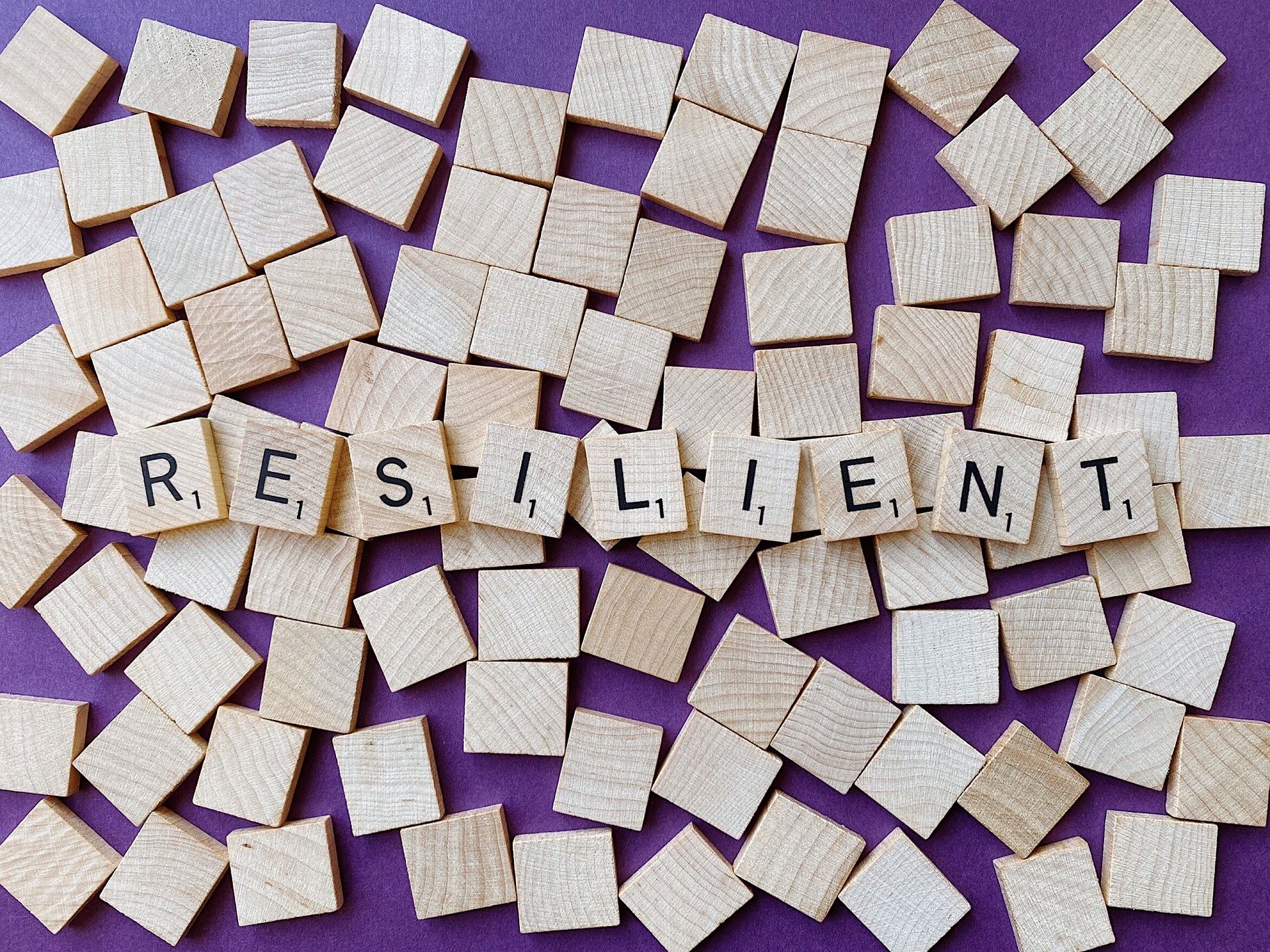by Katie Clare, Associate Director for Resilience Programs, University Life
Southwick and Charney recognize that knowing and using our signature strengths is key to becoming more resilient. Our strengths develop out of our natural talents – our abilities and behavior – that we hone over time. While the obvious emphasis here is to use them to manage challenging circumstances, we also need to utilize them in the absence of challenge. An ongoing engagement with strengths allows us to be more familiar and comfortable with them when faced with a challenge.
Think about it like running a marathon. Most of us are not going to wake up, decide to run a marathon, and then proceed to run a marathon. And if we do, we probably won’t be successful. Rather, we make the decision to run a marathon, we train our bodies to run a marathon by developing strength and endurance, and then we run the marathon. Without the training, we probably won’t reach the finish line. It’s the same situation for strengths. If we don’t use them in easy times, how will they shine in hard times?
The CliftonStrengths Assessment
Donald O. Clifton is famous for asking, “What will happen when we think about what is right with people rather than fixating on what is wrong with them?” This speaks to the heart of resilience. Resilience is not about the struggle but about the response. It is about working through a challenge in a way that allows for personal growth. It is about forward momentum. Clifton’s focus on the good is the centerpiece of the CliftonStrengths Assessment, the tool he created to identify talents and strengths.
You might argue that knowing the talents of friends and colleagues is also beneficial. After all, you learned about the importance of asking for help from and providing help to your social network last week. We can be more strategic about this if we know the strengths of friends and colleagues. For example, if you want help training for that marathon, you might have more luck asking someone with high levels of responsibility or discipline than someone with high levels of empathy or harmony.
While thinking about strengths in the context of resilience does not require the assessment, Mason faculty, staff, and students can access the CliftonStrengths Assessment for free, so it’s an ideal way to explore the concept. If you haven’t taken the assessment, take 20 minutes to do so now. Maybe you already took the assessment but never took the time to dig into the results, dig in now. This is a great opportunity for personal and professional development.
Journaling Activity
As you reflect on your assessment results and work to increase your resilience, here are some approaches that might help:
Take time to journal about your results. Consider the following questions:
- Which strength speaks to you the most and why?
- Which strength speaks to you the least and why?
- Which strength are you most curious about?
- Which strength have you used the most since abiding by stay-at-home orders?
- Which strength have you had to downplay since abiding by stay-at-home orders?
Reflection Activity
Our current circumstances may be unique, but this does not mean the way to build resilience or better understand our strengths has changed in this pandemic. It just means there’s a new backdrop for the work. Read this brief article and consider the following:
- How have stay-at-home orders eased or increased your stress and/or anxiety?
- Have your unchecked strengths increased levels of stress or anxiety? Alternatively, have your strengths been helpful in decreasing levels of stress or anxiety? Identify two ways you might leverage one or more of your strengths to decrease stress or anxiety.
- With the shift to a virtual school and telework environment for so many of us, how have you used your strengths to create a healthy home environment? Some things may be outside of our control, so consider what is in your control. Identify two ways you might leverage your strengths to create a more functional home environment for work and/or school?
Feedback
We can gain fabulous insights by sharing our strengths with those we know and love and asking for feedback. This is a perfect follow-up to last week’s material on the social network. Think of one or two people in your network who might be willing to look over your Strengths Report and then have a conversation with you about your results. Consider being specific by asking each person for an example of how they’ve seen you use each strength. Consider an even greater level of specificity by asking each person to help you brainstorm how those strengths might be used to become more resilient.
Encouraging Others
One way to develop your talents is to spot other people using their talents. Look to see friends and colleagues using their talents this week and highlight it for them in a positive way. You might point this out in the moment, or you might make use of the e-card systemavailable to you through HR for your Mason colleagues. It can feel good to be seen and appreciated in this way. Not only will this practice prime you to be more attentive to strengths throughout the day, but it may also help you learn new ways of putting strengths to good use.

